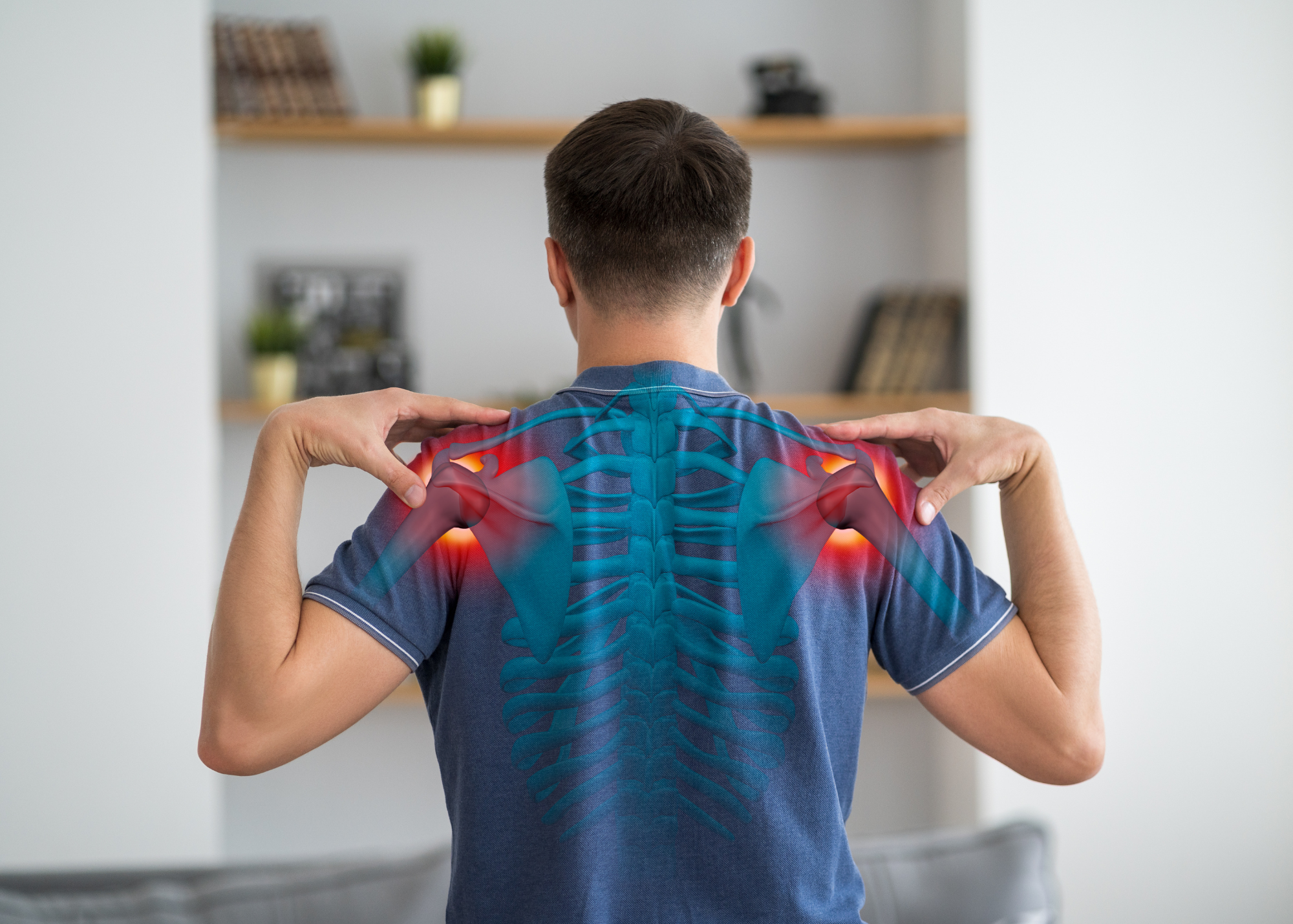Is Your Job a Real Pain? Ergonomics for Dental Professionals

by Olivia Wann, JD
As you read through this article, how do you feel? Is your neck, back, or shoulder hurting? Musculoskeletal disorders (MSDs) can result in absenteeism, lost productivity, increased health care disability, and worker’s compensation costs. It also causes difficulty filling vacant positions especially during this labor shortage.
How does OSHA feel about ergonomics? According to the General Duty Clause, Section 5 (a)(1) of the OSHA Act, “Each employer shall furnish to each of his employees’ employment and a place of employment which is free from recognized hazards that are causing or likely to cause death or serious physical harm to his employees.” Additionally, California and Oregon have comprehensive ergonomic regulations that require implement programs designed to prevent MSDs.
What type of harm occurs in dentistry? One study indicated that 91% of hygienists surveyed suffered with MSDs to include carpal tunnel syndrome, tendonitis, neck and back pain, shoulder pain and other MSDs disorders. Factors that contribute to these issues include repetitive motions, awkward postures, static postures, forceful exertions, and poorly designed equipment and instruments.
We have worked with hygienists who transitioned away from clinical practice due to MSDs. On the other hand, we worked with a hygienist working in clinical practice in her late 70’s. The secret to her success was walking daily.
The most common complaint from front desk personnel and office workers in general are back and neck pain. Disc degeneration can result from excess pressure suffered by the spine. Being in a slump position can result in nerve constriction. There is also the risk of repetitive strain injury especially in the wrists and hands.
Poor office posture can persist after hours when participating in social media, gaming, watching TV and just sitting on the couch. Unhealthy positions can also affect digestion in some people. Incorrect posture can also affect lung capacity and make it difficult to take full, deep breaths.
Long term computer use can cause eye and vision-related problems in addition to headaches.
One survey indicated that 29.5% of dentists surveyed suffered with MSDs. [1] Endodontists suffered the maximum MSDS pain (88.02%) in one study.[2]
Dental assistants are susceptible to MSDs including shoulder disorders, back problems, neck pain and hand and wrist disorders. These risks are related to prolonged static positions, repetitive movements, forceful exertions, and lack of breaks.
How do we incorporate change into dentistry? One, don’t smoke. Smoking results in progressive decline in the musculoskeletal system. Two, maintain a healthy weight. Obesity may have a negative effect on soft-tissue structures.
Stretching can help prevent MSDs. Some experts recommend taking a 5 minute stretch every 30 minutes. Stand up, move around.
Ergonomic stretches are easily incorporated into your daily routine. Encourage one another to do the stretches.
Be mindful of the ideal posture when working on your patient. Utilize loupes. Consider an ergonomically designed dental operator chair.
Let’s not forget good scheduling techniques. Alternate easy and difficult cases to reduce strain. Manage repetitive tasks to prevent prolonged repetitive motions that can result in MSDs if possible. Allocate adequate time for the procedure to avoid strain. Build in some buffer periods for emergencies and catch up time.
Your dental practice can truly benefit from incorporating positive changes that promote good ergonomics and help reduce the risk of your team from developing MSDs.
[1] https://pmc.ncbi.nlm.nih.gov/articles/PMC4144062/
[2] https://pubmed.ncbi.nlm.nih.gov/33225267/
